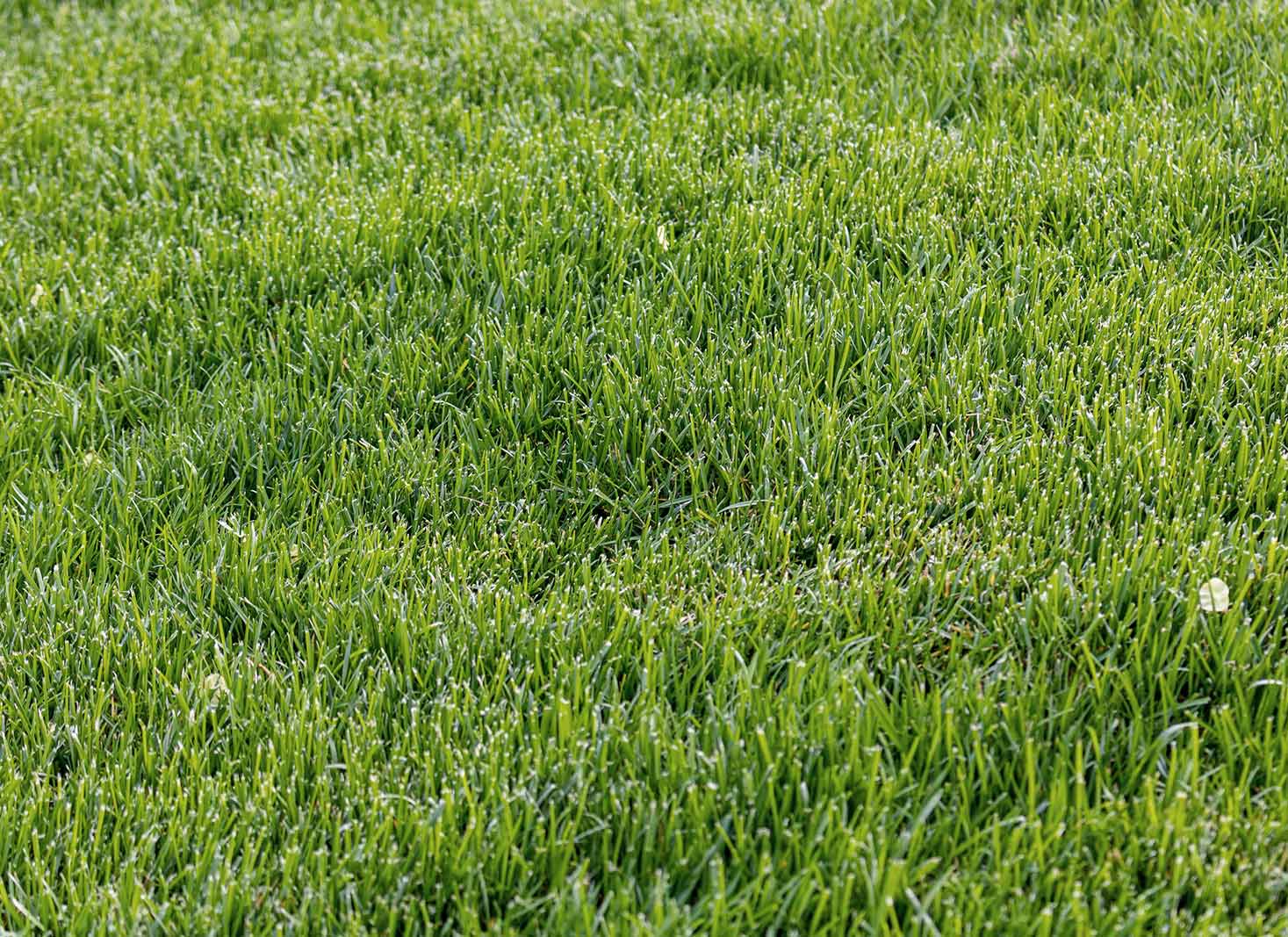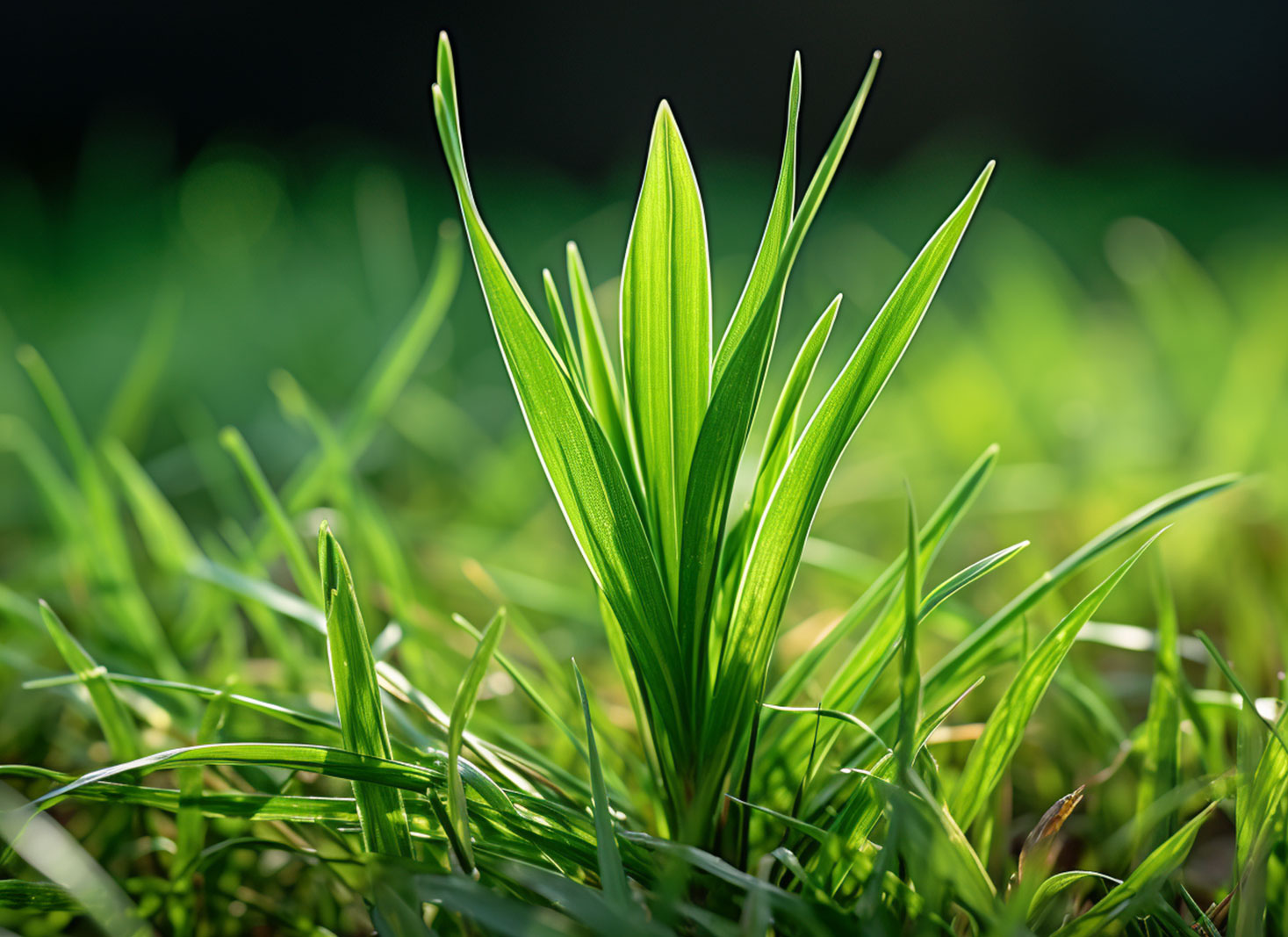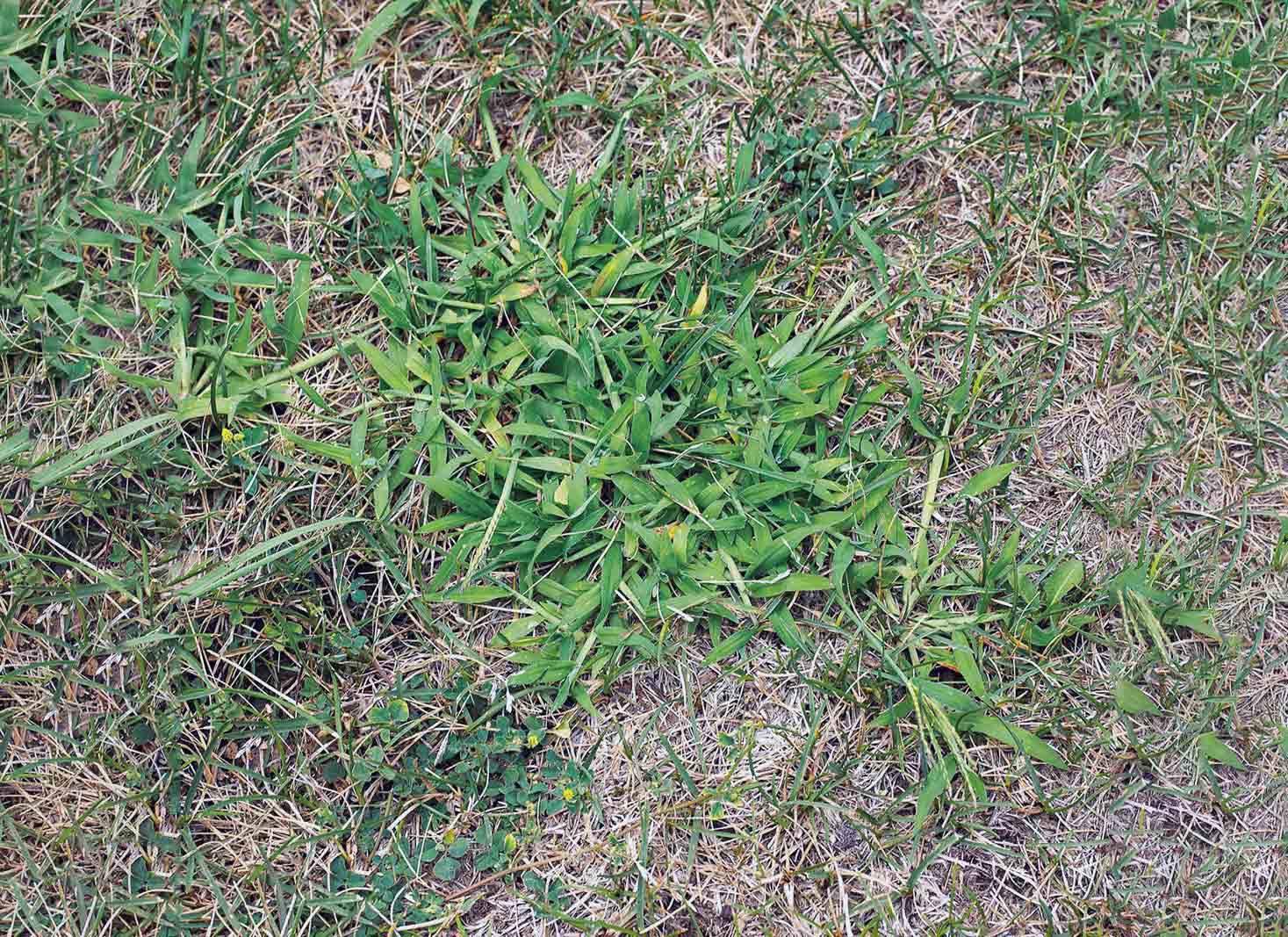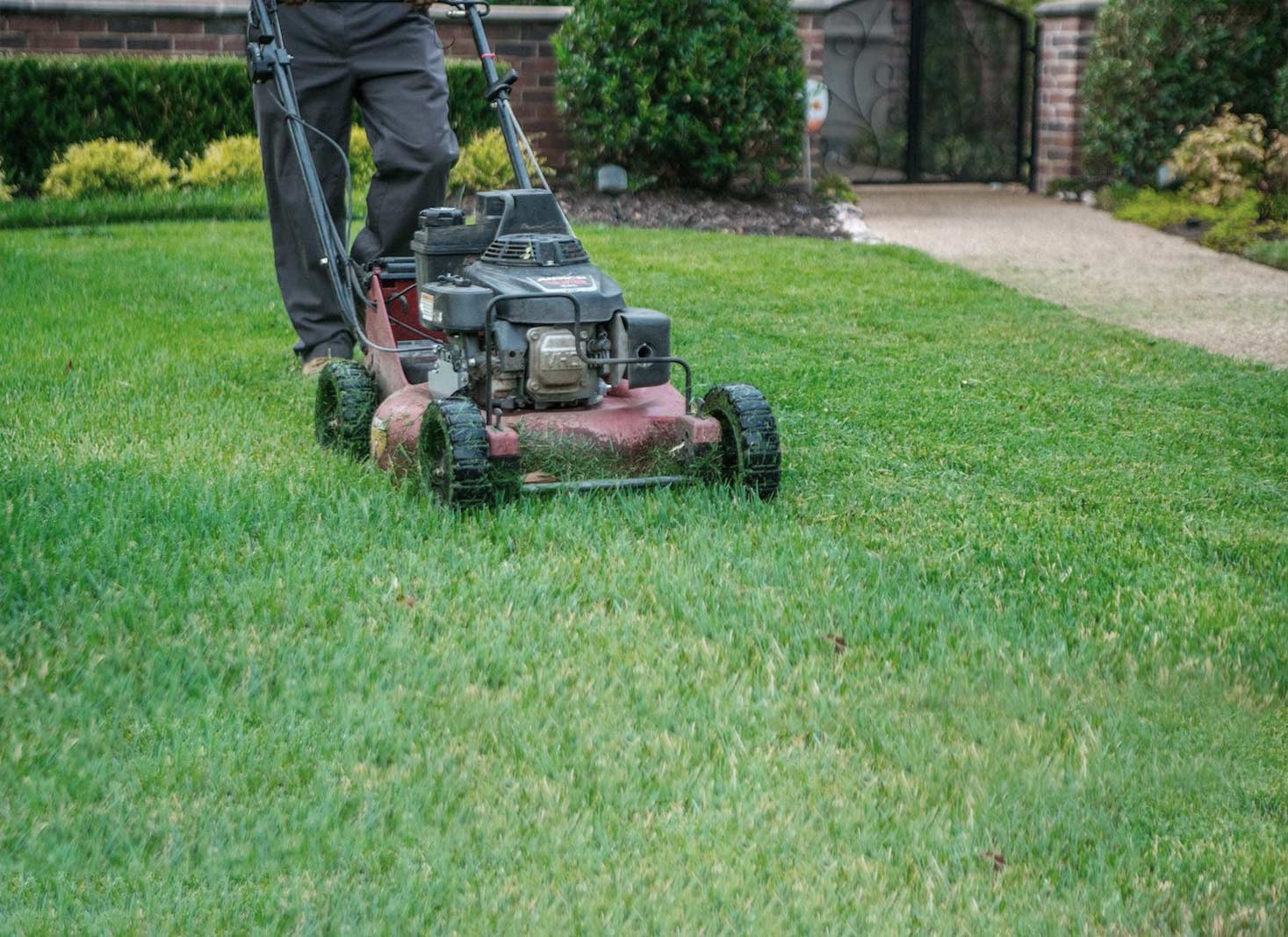Did you know that a simple, lush green lawn is a complex ecosystem that reproduces and spreads in multiple ways?
From the intricate dance of pollination and seed production to the underground network of rhizomes and stolons, there is a lot that goes into the science and strategies behind how grass reproduces.
Whether you are a homeowner with a passion for lawn care or a professional in the landscaping industry, this guide is sure to enrich your understanding of how grass reproduces.
What we cover
ToggleGrass reproduction: the basics

Grass reproduction is a fascinating process that occurs through two major methods: asexual and sexual reproduction.
Asexual reproduction, also known as vegetative propagation, is when new grass plants grow from existing parent plants without the need for seed production.
Sexual reproduction, on the other hand, involves pollination and seed production, where new plants grow from fertilized seeds. Understanding the structure of grass is essential for comprehending its reproduction processes.
Asexual reproduction: vegetative propagation
In asexual reproduction, grasses generate new plants through vegetative propagation, without the need for fertilization and seed production.
This process allows grasses to spread and thicken through the use of specialized horizontal stems called rhizomes and stolons.
Once a new plantlet is formed, it is sustained by the existing parent plant until it can generate its own roots and become self-sustaining.
Asexual reproduction is most likely to occur when conditions are relatively moist, providing the perfect environment for the growth of new plantlets.
It is worth noting that grass cannot reproduce by leaf clippings, so it is generally safe (even recommended) to leave grass clippings on your lawn.
Sexual reproduction: pollination and seed production
In contrast to asexual reproduction, sexual reproduction involves the production of seeds from healthy grass plants.
This method relies on the fusion of genetic information from two different individuals, which results in offspring with genetic variation. Grass reproduces through sexual reproduction.
Healthy grass produces viable seeds which, when fertilized, will result in new grass growth. This process ensures the propagation and continuation of diverse grass species.
However, sexual reproduction in grasses is limited by factors such as environmental conditions and seed availability.
What is the reproductive part of grass?

The reproductive component of grass is referred to as the inflorescence, which encompasses the flowers and seeds.
This part of the grass has a straw-like structure and plays a crucial role in the complex process of grass reproduction, which involves both asexual and sexual methods.
Understanding the reproductive parts of grass is an essential step towards mastering the art of lawn care and nurturing a vibrant, flourishing lawn.
How does grass grow without seeds?
Grass is capable of growing without seeds through the process of vegetative propagation, which is a type of asexual reproduction.
This method relies on the growth of rhizomes, which are subterranean stems that propagate horizontally beneath the soil. This ability to grow without seeds is one of the many fascinating aspects of grass reproduction.
How does grass spread?
Grasses have developed various methods to spread and reproduce, including vegetative propagation, and pollination.
Vegetative propagation
Vegetative propagation, as previously discussed, involves the growth of new plants through specialized horizontal stems such as rhizomes and stolons.
Through the use of vegetative propagation and the growth of rhizomes, grasses can effectively spread and thicken, creating lush, dense lawns that are both visually appealing and ecologically beneficial.
Pollination
Pollination, on the other hand, involves the transfer of pollen from the male part of the flower to the female part of the flower, enabling the production of seeds.
These seeds can then be dispersed by wind, water, or animals, allowing the grass to spread and reproduce.
Each method of grass spread has its advantages and limitations, depending on factors such as environmental conditions, species, and available resources.
However, the versatility and adaptability of grasses in utilizing these various methods contribute to their widespread success and diversity in various ecosystems.
Lawn grass species and their reproductive strategies
Bunchgrasses
Bunchgrasses, as their name suggests, grow in clumps or bunches, rather than spreading through rhizomes or stolons. Little Bluestem, Needleandthread and Prairie Junegrass are some examples of bunchgrass species.
These species play an integral role in providing vital nutrients for their environment. These grasses primarily reproduce through tillering, where new tillers develop in close proximity to current-year and previous-year tillers, as buds are usually located in the crown at the lowermost nodes of parent tillers.
The reproductive strategies of bunchgrasses, such as their use of rhizomes and tilling, allow them to maintain their distinct clumped growth pattern.
This unique growth habit can provide visual interest and texture in a lawn, making bunchgrasses an appealing choice for home landscapes and naturalistic settings.
Sod-forming grasses
Sod-forming grasses, in contrast to bunchgrasses, possess stolons or rhizomes, which enable them to spread more rapidly and form a dense, uniform lawn.
These grasses reproduce by sending out above-ground stems called stolons, which grow horizontally and generate new shoots.
A common example of a soil-forming grass is Buffalograss, which reproduces vegetatively through tillering from nodes on stolons.
Sod-forming grasses offer the advantage of creating a thick, even lawn that is visually appealing and resilient to foot traffic.
Factors influencing healthy grass reproduction

Healthy grass reproduction depends on a variety of factors, including temperature, water availability, soil quality, light, and nutrients.
Proper management of these factors can significantly improve the growth and reproduction of grass, resulting in a more vibrant and resilient lawn.
Soil quality
Soil quality is an extremely important factor in grass reproduction, as it influences the availability of nutrients and water to the grass, as well as the grass’s ability to absorb these resources.
A healthy, well-balanced soil provides a major food source for grass plants, allowing them to grow and reproduce effectively.
To improve soil quality, it is recommended to incorporate organic matter such as compost, rotted manure, and quality topsoil into your lawn.
In addition to improving soil quality through the addition of organic matter, other factors such as soil type, climate, topography, vegetation, and human activities can also impact the health and fertility of the soil.
Watering practices
Watering practices play a significant role in healthy grass reproduction, as they supply the grass with the necessary moisture it requires to grow and reproduce.
Too much and too little water can be detrimental to the grass, making it essential to strike the right balance.
Practice light, frequent watering multiple times daily to maintain a consistently moist seedbed until the grass seed germinates. Once the grass has reached maturity, it requires an inch or two of water on a weekly basis.
Mowing and maintenance
Proper mowing and maintenance are paramount for healthy grass reproduction, as they help preserve the grass in a healthy state, free from weeds and pests.
Correct mowing and maintenance can facilitate healthy growth and reproduction of the grass, ensuring that it remains resilient and vibrant.
It is recommended to mow at the appropriate height and frequency, water regularly, fertilize, and aerate the soil.
Inadequate mowing and maintenance practices can result in a weakened lawn, increased weed growth, and a decline in grass health.
Should I let my lawn seed before mowing?

The practice of seeding before mowing, or allowing grass to go to seed prior to cutting the lawn, can facilitate the creation of a denser lawn, as the seeds will sprout and generate new grass plants.
However, there are advantages and disadvantages to seeding before mowing.
On one hand, it can result in a denser lawn, but on the other hand, it can be difficult to control the amount of seed that is spread, and mowing the lawn without damaging the new seedlings can be challenging.
It is recommended to wait for all the seeds to germinate before mowing the lawn, so as to ensure that the new seedlings are not damaged.
Additionally, it is essential to regulate the amount of seed that is spread, as an excess of seed can result in an uneven lawn.
How to encourage more grass growth in your lawn
To encourage more grass growth in your lawn, it is essential to employ a combination of seeding techniques, fertilization and soil amendments, and proper lawn care practices.
By implementing these methods, we can promote healthy grass growth and reproduction, ultimately creating a lush, vibrant lawn that is both visually appealing and ecologically beneficial.
In the following sections, we will explore various techniques for promoting grass growth in our lawns, including specific seeding methods, the use of fertilization and soil amendments, and proper lawn care practices.
Seeding techniques
There are several methods for planting grass, including broadcasting, drilling, and overseeding, each with its own advantages and ideal applications.
Broadcasting involves dispersing grass seed over a large area, making it suitable for expansive tracts of land or areas with irregular topography.
Drilling, on the other hand, involves planting grass seed in rows, which is more efficient than broadcasting and is best suited for areas with flat terrain.
Overseeding is a technique in which grass seed is planted over an existing lawn, making it ideal for areas with existing grass that require thickening or areas with bare patches.
Fertilization and soil amendments
Fertilization and soil amendments are essential for promoting healthy grass growth and reproduction.
These processes provide the grass with essential nutrients and improve the overall quality of the soil, enabling the grass to grow and reproduce more effectively.
Organic matter such as compost, rotted manure, peat, and quality topsoil can be used as soil amendments to improve the fertility and structure of the soil, promoting healthy grass growth.
In addition to soil amendments, proper fertilization is crucial for providing the grass with the necessary nutrients for growth and reproduction.
Proper lawn care practices

Proper lawn care practices are the foundation of a healthy, thriving lawn.
By implementing the appropriate irrigation, mowing frequency, fertilizer usage, and weed control or aeration techniques, we can promote healthy grass growth and reproduction.
It is recommended to irrigate deeply at fewer intervals, mow regularly, and fertilize on a consistent basis to ensure optimal grass health.
Additionally, controlling weeds and aerating the lawn can further support healthy grass reproduction.
FAQ's
It is possible for grass to spread on its own, depending on the type of grass.
Kentucky bluegrass has runners which allow it to spread on its own, while northern grasses like perennial ryegrass and fescue usually require seeding in order to fill in any bare spots.
Grass produces seeds through pollination when pollen from the male flowers fertilizes the female ovaries. Pollen is usually transferred by wind or insects, and the pistil then closes around the pollen and begins to form a seed.
Through this process, grass is able to produce viable seeds that can be used for propagation and growth.
Yes, grass does use spores to reproduce. Spores are produced by flowers in the spikelets of grass species, and these spores are necessary for pollination. This leads to the growth of new plants.
Grass regrows from either its base, where the leaf blade was located if not removed, or through new shoots, leaves, buds and even corms that lie just beneath the surface of the soil.
This allows grass to repair itself, quickly filling in areas that have been damaged or thinned out.
The process of regrowth works in the same way it did when the grass was first planted.
In order for grass to grow optimally, it needs an appropriate balance of sunlight, moisture, nutrients, and carbon dioxide. Properly nurturing and maintaining these conditions will create the right environment for lush, healthy grass growth.
